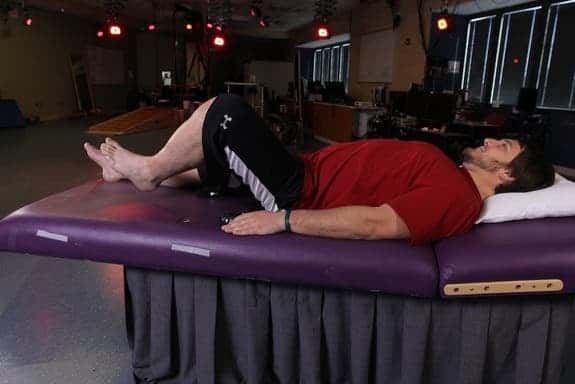For people who become paralyzed after a spinal cord injury, the result is usually a life sentence of paralysis. However, science is here – once again – to save the day, as researchers report that they helped paralyzed patients regain movement after zapping their spine with electricity during physical training.

Previously, they reported that one individual who had a motor complete, but sensory incomplete spinal cord injury regained voluntary movement after 7 months of epidural stimulation and stand training. Now, they report in three more individuals voluntary movement occurred with epidural stimulation immediately after implant – even in two who were diagnosed with a motor and sensory complete lesion. Let’s translate this a bit.
Researchers applied electrical stimulation to the spines of four people who had been paralyzed for more than two years. After the treatment, they were able to flex their toes, ankles and knees again, and with further physical training, their abilities improved even more; yep, they enabled paralyzed men to move!
“Spinal cord injury may no longer mean a lifelong sentence of complete paralysis,” said Dr. Roderic Pettigrew, a director at the National Institutes of Health (NIH) in Bethesda, Md., which funded the research. “To my personal knowledge, I think this is the first report of four such individuals that have gained such substantial improvement, more two years after injury,” Pettigrew told ZME Science.
In patients with spinal cord injuries, they can’t move their body below the injury. The first patient they tested initially had no movement or sensation below his injury, but within a single week of stimulation he was able to move his legs again. It took a little more for the next two patients, but they did it too. Keep in mind, these were small movements, just twitches and flexes.
After the electrical stimulation, all patients did extensive physical therapy; some were able to control their movements with more force and less stimulation while others were able to do it more accurately. It’s not clear yet if this therapy could work for all patients. The therapy will need to be tested on more patients before it can become a standard treatment for people with spinal cord injuries, researchers said.
Study Reference.






